|
|
|
AFFILIATE DISCLOSURE: This post contains affiliate links. This just means that there are product suggestions included within the text. Should you click on one of the links and decide to make a purchase, I will receive a small commission. I only suggest products I love and and have experience with that are directly related to the content in this post. Thank you for your support! View my Disclosure Statement for more information. When problems arise, my organizer brain immediately takes in the situation and starts looking for ways to improve the physical environment in order to make it more functional. Such has been the case recently. I have just returned from two and a half weeks of assisting my mom who is recovering from a broken hip. Long term illnesses or injuries, such as my mom's, can make it difficult for a person to function comfortably within his or her normal surroundings. The more that can be done to accommodate the recovering person's needs and abilities, the more comfortable that person will be physically, mentally, and emotionally. Often a few simple changes can make a big difference in a person's ability to comfortably do for themselves as much as possible. In this post, I would like to share some suggestions for things you can do to make the physical environment more user-friendly for someone who is recovering from a serious illness or injury. Remove ObstaclesOne of the first things I did after arriving at my mom's house was to remove the throw rugs from her bathroom floor. They may serve a useful purpose, but in her current situation they are more of a hazard than a help. I washed them and set them aside to be replaced later when she is stronger and better able to get around. A person suffering from a serious illness is often in a weakened state. This can also be true of someone who has been injured seriously. Anything you can do to help them get around more easily is desirable. This may mean moving furniture around temporarily to create a more direct path from point A to point B. Look around the environment with new eyes searching for anything that could be a tripping hazard, sharp corner, obstacle, or other potential danger and find a way to minimize the risk. Make Things AccessibleA person who is seriously injured or ill is likely to have limited mobility. They may be bed-ridden or just camped out on the sofa for a time. Their ability to reach things and do simple tasks is probably reduced. This can be tremendously trying. Finding ways to make things easier to access will help them retain a degree of independence and greatly reduce their level of frustration. Some of my favorite solutions include:
We are fortunate to live in a world where energy saving, work reducing devices abound. What's more, many of these gadgets are specifically designed for people with limited mobility, strength, energy, and/or dexterity. Here are some examples of tools designed to make doing basic household tasks easier.
Often a person recovering from serious illness or injury spends a good deal of their time either in bed or lounging on a sofa. It can be frustrating to be confined to a small space, but there are a variety of products available to help make the experience more comfortable, and possibly even more productive. Here are a few of my favorites:
Bathroom safety is often a concern for someone who is recovering from illness or injury. In our family we have found the following items to be particularly helpful in providing needed support and comfort.
While working at the kitchen store, I discovered some really great kitchen gadgets designed to make accomplishing basic tasks simple and pain free for people with strength and dexterity challenges. Here are some of my favorites.
As you can see, organizing for injury or illness is not complicated, but it does take some thought. The key is to identify specific needs and work from there to find the best solution. Anything you can do to make a recovering person more comfortable and better able to enjoy some independence is highly desirable!
10 Comments
For the past month or so my husband and I have been looking at houses with the intent of buying. We've been to numerous open houses, and we've done multiple private walk-throughs with our realtor. We've been in newly constructed homes and homes that have seen a lot of life. Some of these homes were empty, some were staged to sell, and still others had a decidedly lived-in vibe. As I walk through other people's homes, I find myself taking mental notes regarding best practices for organizing a home to sell, notes that I fully intend to use when the time comes to put our current home on the market. Some of my tips will only apply to homes that are going to be viewed while occupied. Others are applicable whether or not your home is occupied while on the market.
It will come as no surprise that my first tip for organizing your home to sell is to declutter. It takes effort, I know, but it is effort well spent. Not only will it help you to sell your current home, it will make moving and settling into your new home that much easier. Keep the following in mind as you declutter:
Organizing and decluttering are not the same thing, but they do go hand in hand. Decluttering is the process of removing excess stuff from your life, while organizing is about what you do with the stuff you're keeping. One definition of organizing is to systematize. Systems are at the heart of the organizing process. The old adage "A place for everything and everything in it's place" (attributed to Benjamin Franklin) is well-known. However, there is more to systematizing (or organizing) than simply finding a place to put stuff. True organization is designed to be functional. This means that everything is in a logical place where it can be (relatively) easily retrieved and easily returned when no longer in use. There really is no way to sell a home without inviting people in to look at it, and potential buyers want to see all of it. If I'm considering buying your home, you can bet I'm going to open your cupboards because I want to see if you have soft close doors or pull out shelves or other nifty features that interest me. I'm going to open your closets to get a feel for their storage capacity and the layout of the shelving and rods. I'm even going to pull back the shower curtain to examine the condition and quality of the tub/shower. I'm not doing it because I'm nosy. I'm doing it because I want to determine if your space will meet my needs. As a potential buyer, I'm there to judge. The good news is, you can do a lot to ensure that potential buyers judge your home favorably. One such thing is organizing. Cupboards, closets, pantries, and storage areas that are neatly arranged and well organized appear bigger and more functional and leave home searchers feeling impressed with the space. In contrast, a cluttered closet or pantry leaves people feeling like the space is insufficient to meet their needs.
I recommend doing a thorough, top to bottom, inside and out cleaning of your home before you put it on the market. Now's the time to actually tackle all those tasks you've been meaning to do for ages like washing the windows, cleaning the carpets, de-gunkifying grout lines, dusting baseboards, and so forth. Pressure wash your home's exterior as well. Depending on your schedule and budget, you might consider hiring professionals to do some or all of the work. I can't promise you that home buyers will notice the work you put into cleaning, but I can promise you they will notice if you don't. Even something as simple as failing to sweep the floors before a viewing can be a turn off to potential buyers.
A buyer's first and last impression of your home occurs outside, so it's worth the effort to keep up the curb appeal. A well-manicured lawn and tidy flower beds leave people feeling impressed. On the flip side, a weed-infested landscape shouts "You've got your work cut out for you!" On our very first day of house hunting we visited a home that looked great in the pictures, but I knew before we entered the door that I wasn't interested in buying that house. There were tons of flowerbeds surrounding the house and pool, all of which were completely overgrown, and both the side porch and front porch were in serious need of refinishing or replacing. As a potential buyer all I saw was weeks of hard work and a whole lot of expense.
Leaking faucets, loose hinges, wobbly stair rails, stained ceilings, and other common flaws are a turn off to potential buyers. Take the time to complete these sorts of simple repairs before inviting house hunters into your home.
Repainting interior walls is not always necessary in order to sell a home, but there are certainly circumstances in which it makes a big difference. If your walls are painted in the matte finish applied by most builders, you should consider painting. Matte paint has a dull, uninspiring quality to it, it shows off smudges and flaws, and it's difficult to clean.
We were living in the United Arab Emirates when my husband purchased our current home on a business trip back to the United States. I did not see the house except in pictures until the day we closed on it. The house was eight years old at the time, and the matte finish on the walls was definitely showing its age. I had planned to do some painting of interior walls just to give the house my own touch, but I quickly realized that every wall in the house needed to be repainted just to cover up nearly a decade's worth of dirt and grime. Needless to say, it was a major undertaking. Had I seen the house in person, I would definitely have thought twice before sealing the deal. If you have bold colors on your walls, this is another instance in which you should definitely consider painting before attempting to sell. The more widely appealing your home's interior the better. Anything that communicates work to be done will cause potential buyers to think twice. As an example, I had a home saved on Zillow that I really liked except for the fact that there were several rooms that would need to be repainted. One of the bedrooms was a vibrant fuschia color. Another was painted a vivid purple. The focal wall in the living room was dark coffee brown, and that wall, which extends about 20 feet high to a vaulted ceiling, proved to be the clincher for me. There is no way we could paint it ourselves. We would have to hire a professional, and it would need to be done before we could move in. Ultimately, I unsaved the house. I just don't think I like it THAT much.
Showing a home while you're living in it provides a number of challenges. Not least of these is the constant need to keep things tidy. It can be tempting when you are busy to take short cuts. At a recent open house we attended, we pulled back the shower curtain to examine the tub and found it to be overflowing with stuff. The owners, perhaps in an attempt to make the closets look more spacious, had removed a bunch of stuff and tossed in the tub where they no doubt hoped it would remain out of sight. While a tub full of stuff is not a deal breaker, it does communicate something to house hunters that is less than positive. If you feel the need to stash stuff during a viewing of your home, try putting it in your car! Every step you take to organize your home to sell is time and effort well spent. It will help you sell your current home, but it will also help you prepare for your move and get organized on the other end.
|
Archives
November 2022
Categories
All
|
Proudly powered by Weebly
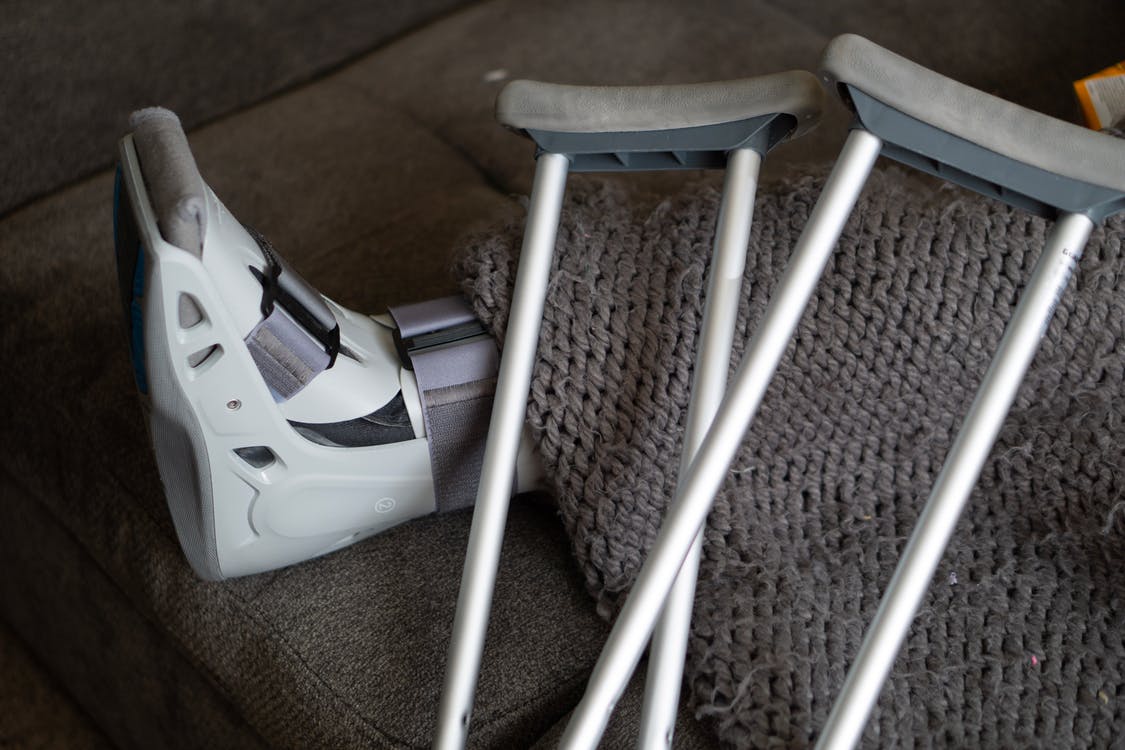
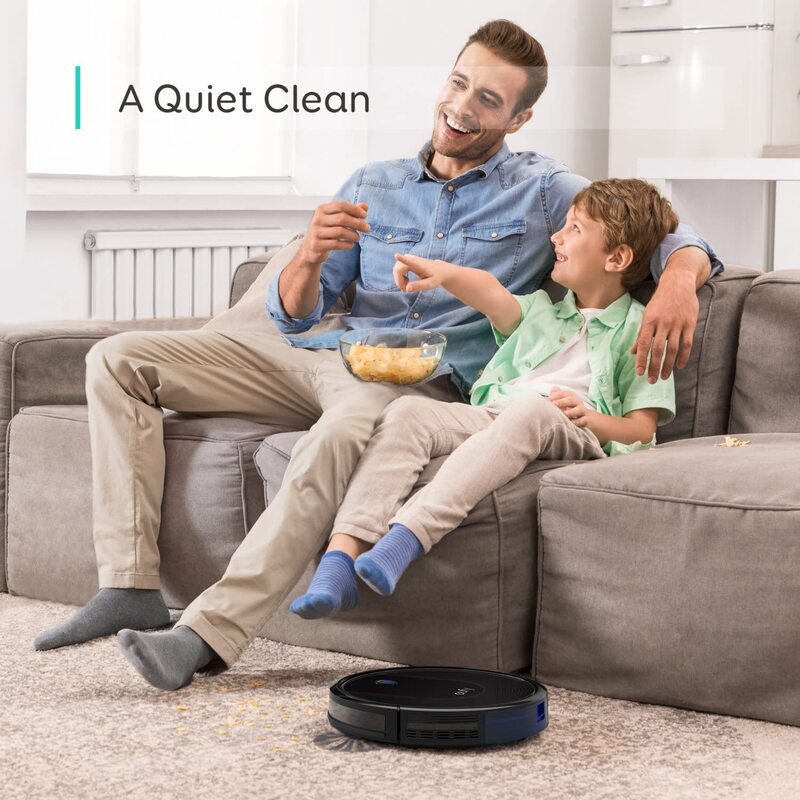
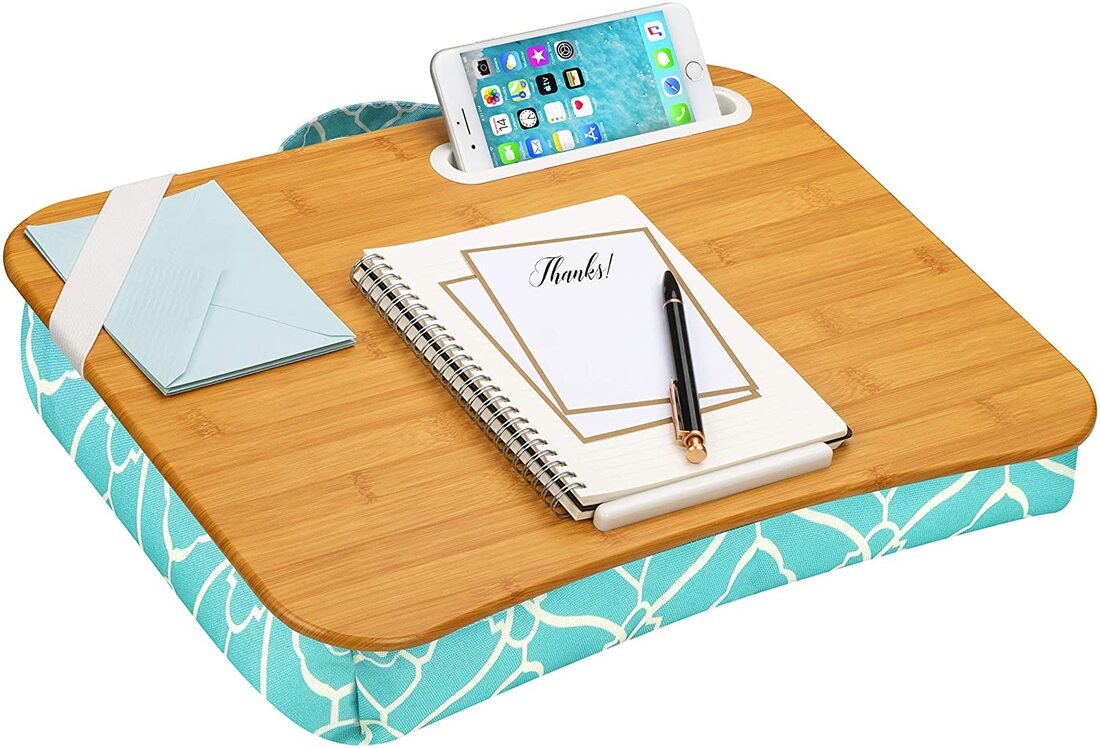
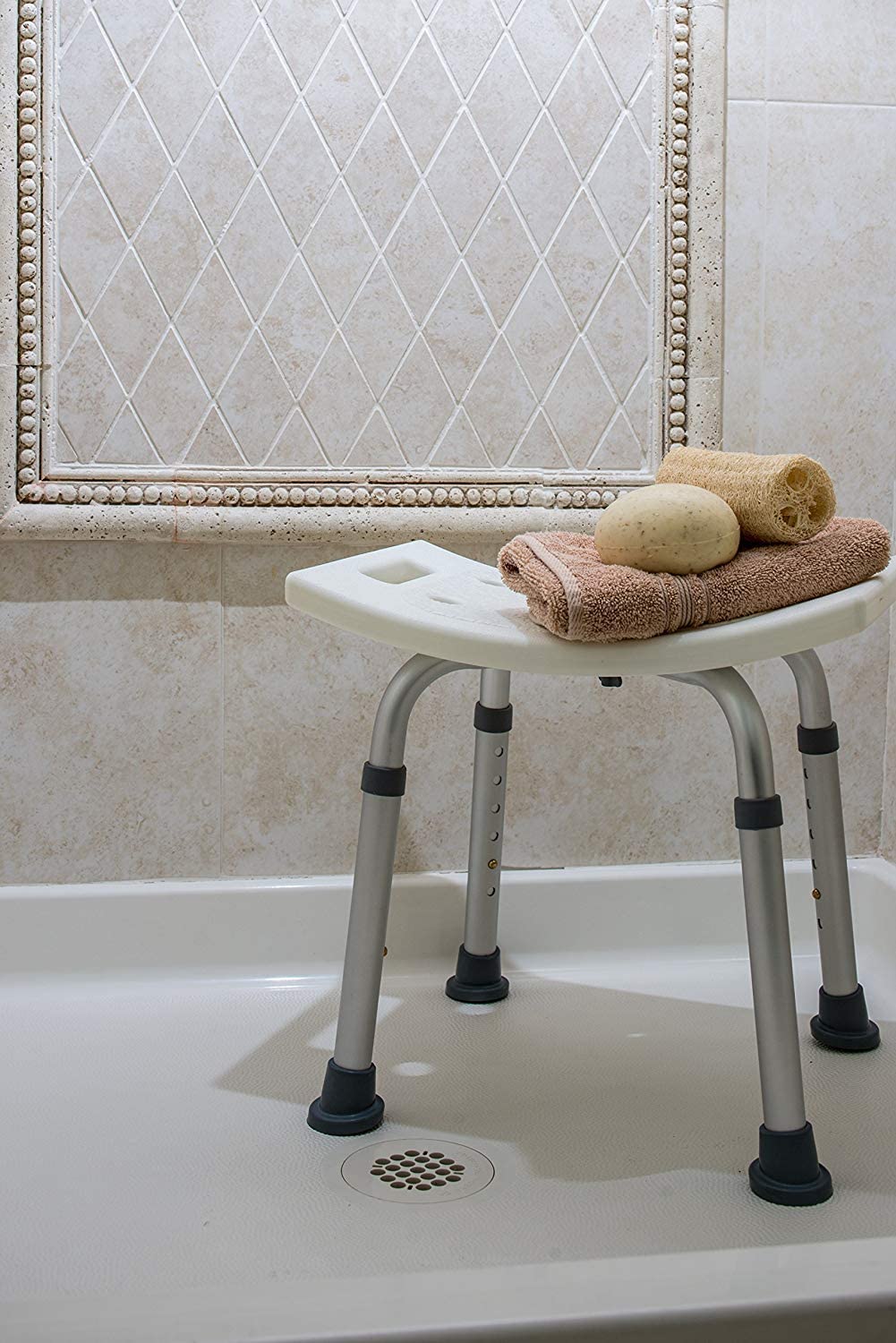
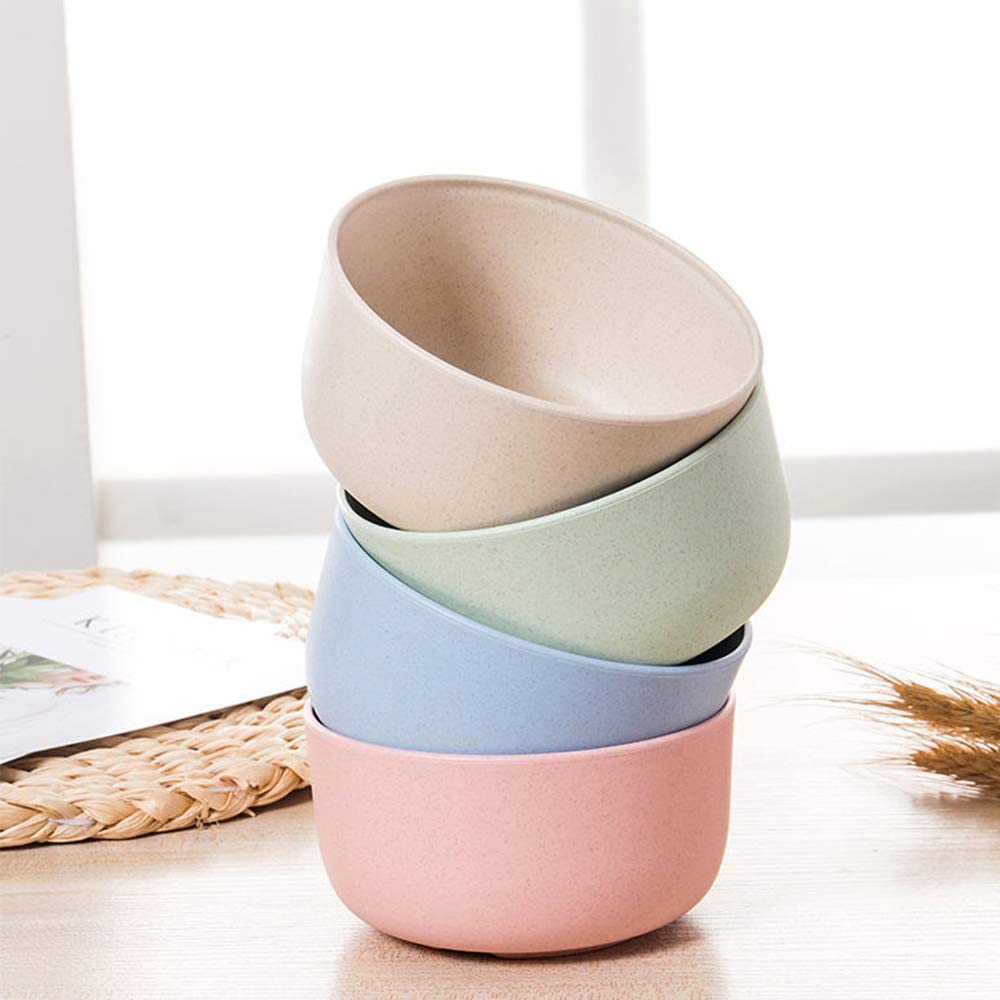
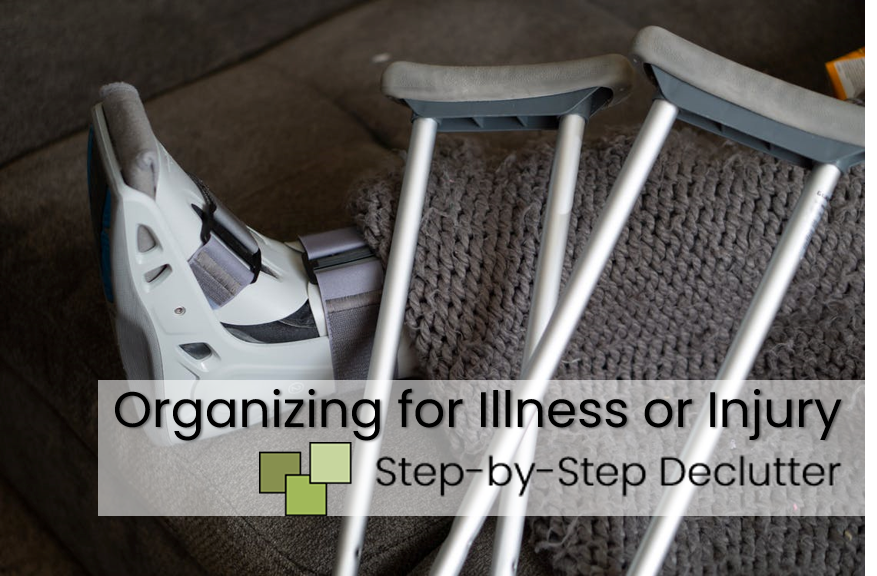
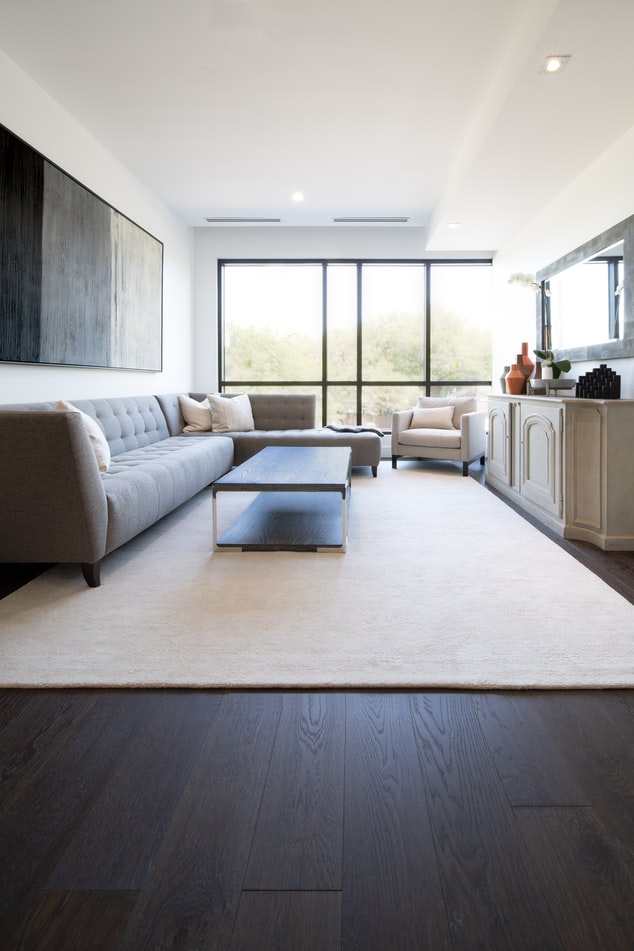
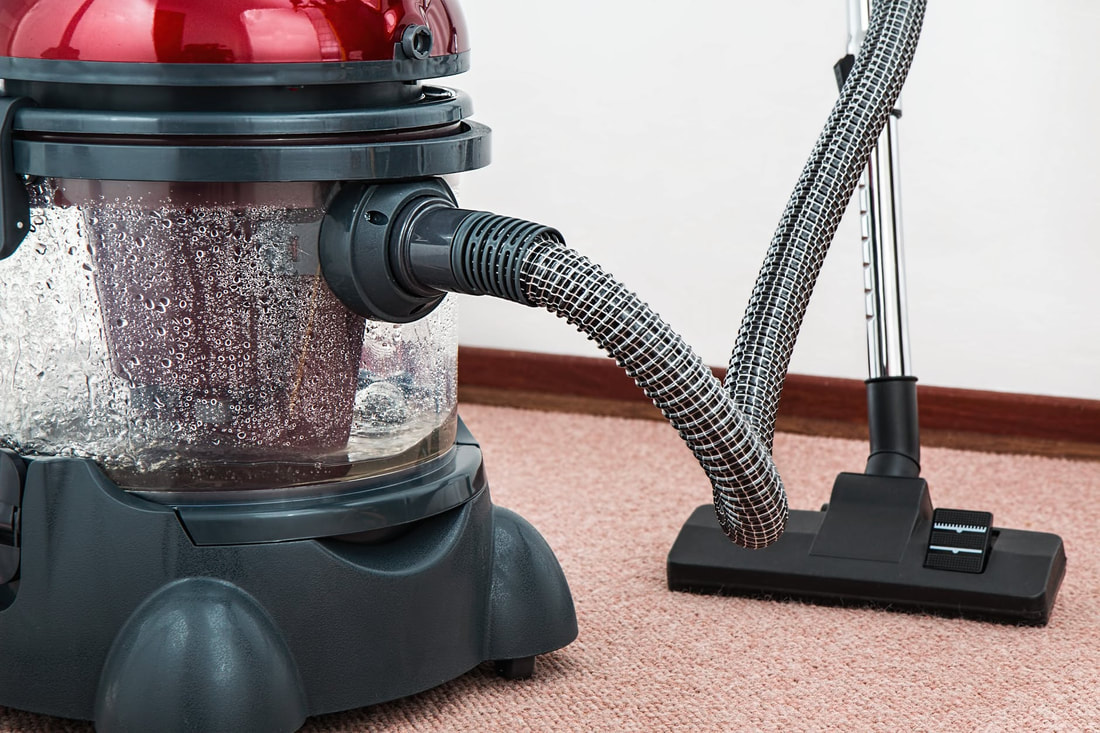
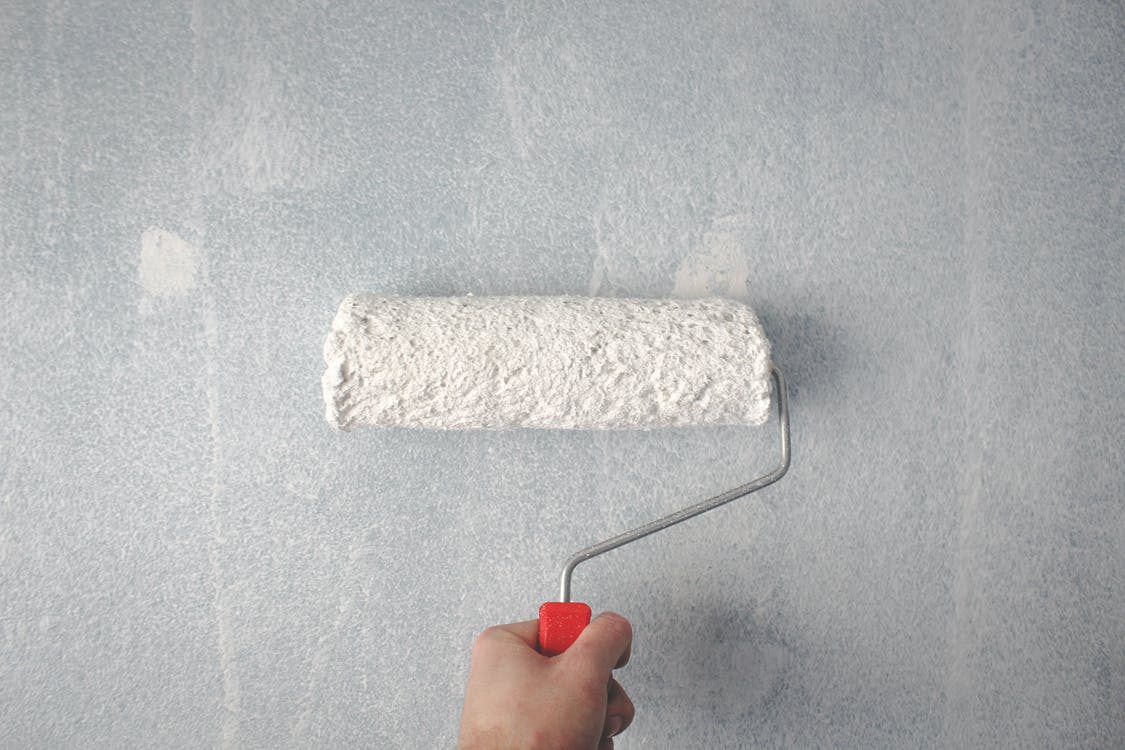
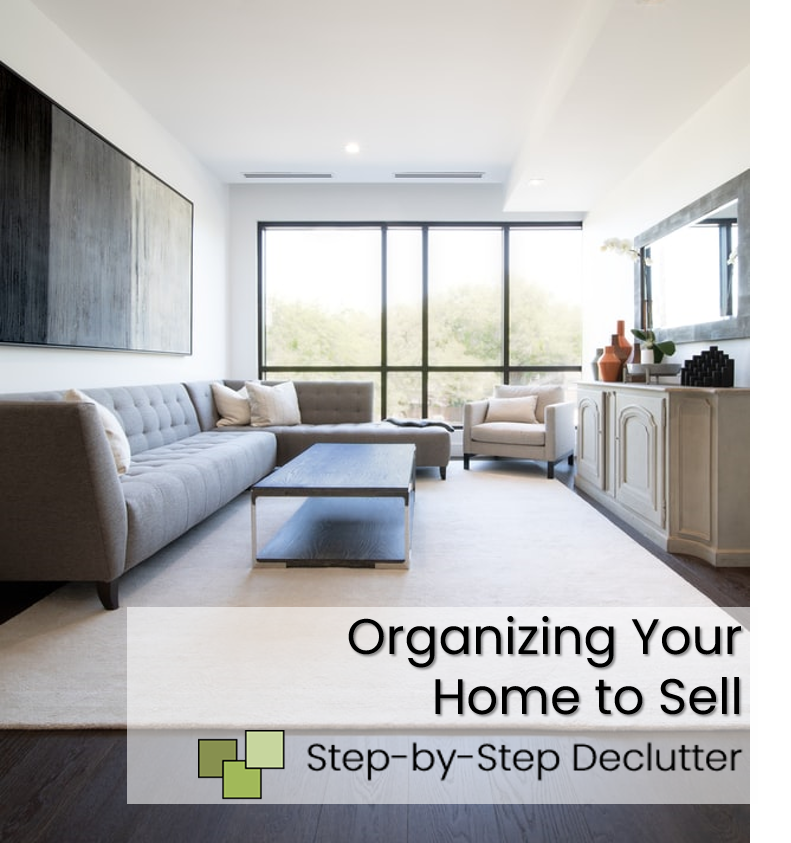

 RSS Feed
RSS Feed